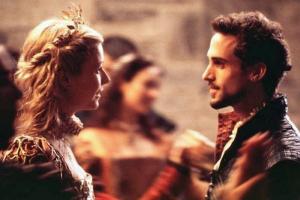Top 9 Real-Life Characters of Texas Rising
A 2015 History Channel television miniseries called Texas Rising is based on the Texas Revolution against Mexico and how the Texas Rangers came to be. The main ... read more...incidents of the second part of the Texas Revolution are highlighted in this documentary. Contrary to their ridiculous effort to pass off the east Texas coastal lowlands as anything like the high desert of Durango, Mexico, Texas Rising accomplished a passable to mediocre job of selecting actors to represent significant historical figures. Let's take a deeper look at the real-life Texas Rising characters now.
-
American lawyer, politician, and military commander Moseley Baker (played by Crispin Glover) served as speaker of the Alabama House of Representatives for two terms and was the driving force behind the impeachment of President Sam Houston. He commanded a company of soldiers in the Texian Army during the Texas Revolution and suffered injuries in the Battle of San Jacinto. His military rank was promoted to brigadier general in the Republic of Texas.
Baker spent more than he could afford, which led to his rapid debt accumulation. He was detained in 1832 for cheating the Bank of Alabama. He quickly got away and traveled to Mexican Texas. He had just $1 when he got to San Felipe de Austin. He started his own law firm with a $10 loan from a neighbor. Baker represented Austin County in the first Congress of the Republic of Texas from October 1836 to June 1837. Houston, the newly elected president of the nation, was the target of his impeachment effort, which was unsuccessful. Following the end of his service, Baker relocated to Galveston County. He was elected to a second term in Congress there, which he held from November 1838 to January 1839.
After his wife passed away, Baker converted to Methodism and started preaching. He preached his kind of Christianity by publishing True Evangelist, his own newspaper. Methodist officials requested Baker to stop publishing the publication because they didn't agree with some of his ideas, but Baker refused. In Houston, Baker passed away from yellow fever on November 4, 1848.
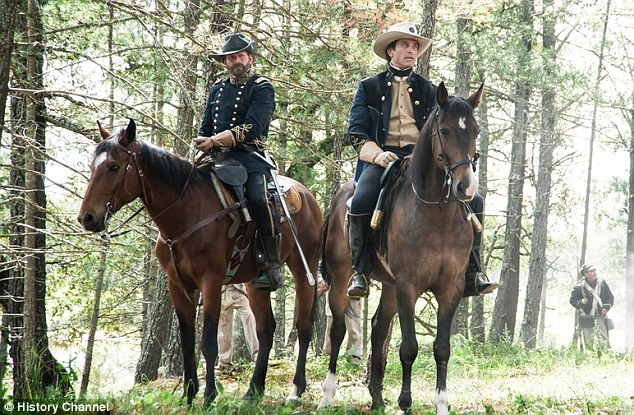
Daily Mail 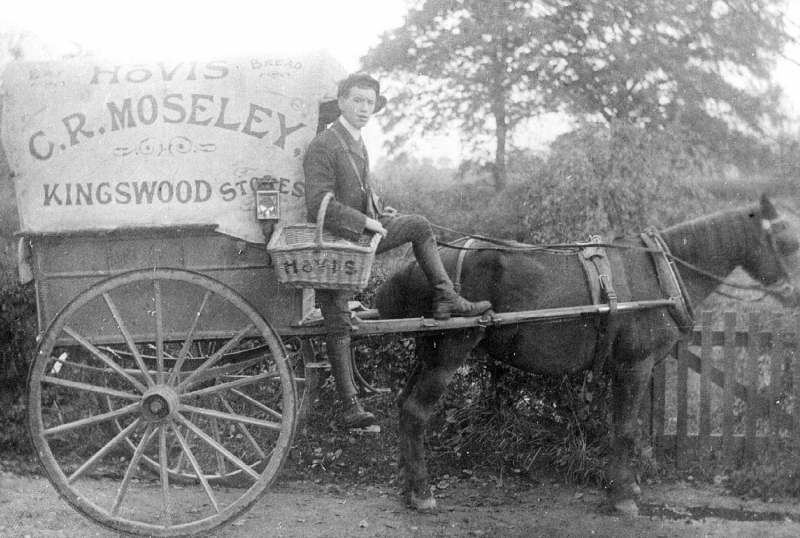
ourwarwickshire.org.uk -
The Republic of Texas's first Secretary of War and a commander at the Battle of San Jacinto, Thomas Jefferson Rusk was a key figure in both its political and military development. He became a US politician later in life, representing Texas as a Senator from 1846 until his death by suicide. In 1857, he presided as the pro tempore president of the US Senate.
Jeff Fahey's character, Thomas Jefferson Rusk, traveled to Texas in search of embezzlers who had stolen money from a Georgian gold mining company that Rusk had invested in. Despite not succeeding in capturing his prey, he remained in Texas and established a new life in Nacogdoches. He was a supporter of independence before it was fashionable, and he oversaw a group of volunteers who worked to stop Mexican troops from taking the cannon that had been given to the Gonzalez town in the first battle of the Texas Revolution. He served as the army's chief of staff during the Republic of Texas' independence and signed the Texas Declaration of Independence. After Texas' annexation, he represented Texas in the U.S. Senate. On July 29, 1857, Rusk shot himself in the head because he missed his wife and was suffering from a neck tumor. Age-wise, he was 53.
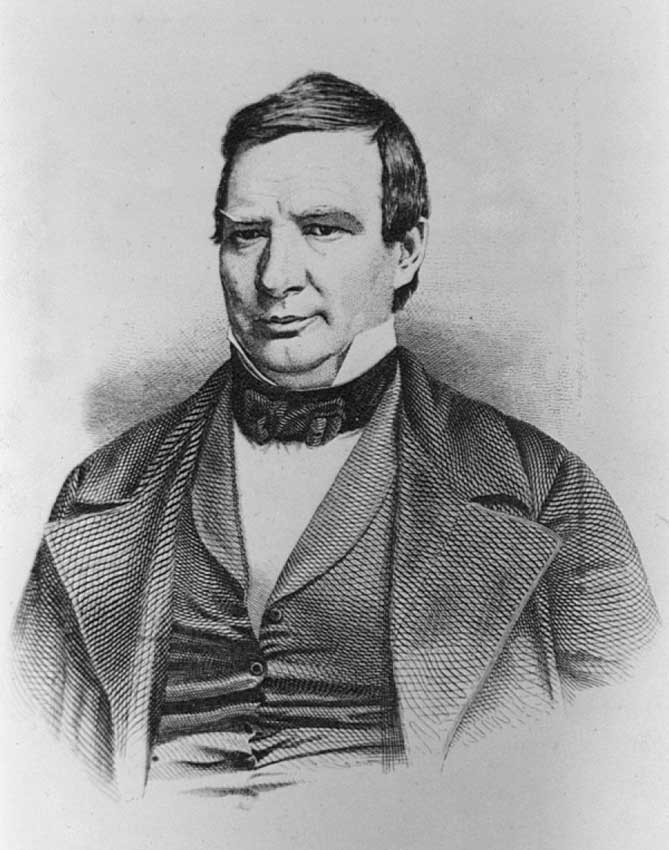
texastimetravel.oncell.com 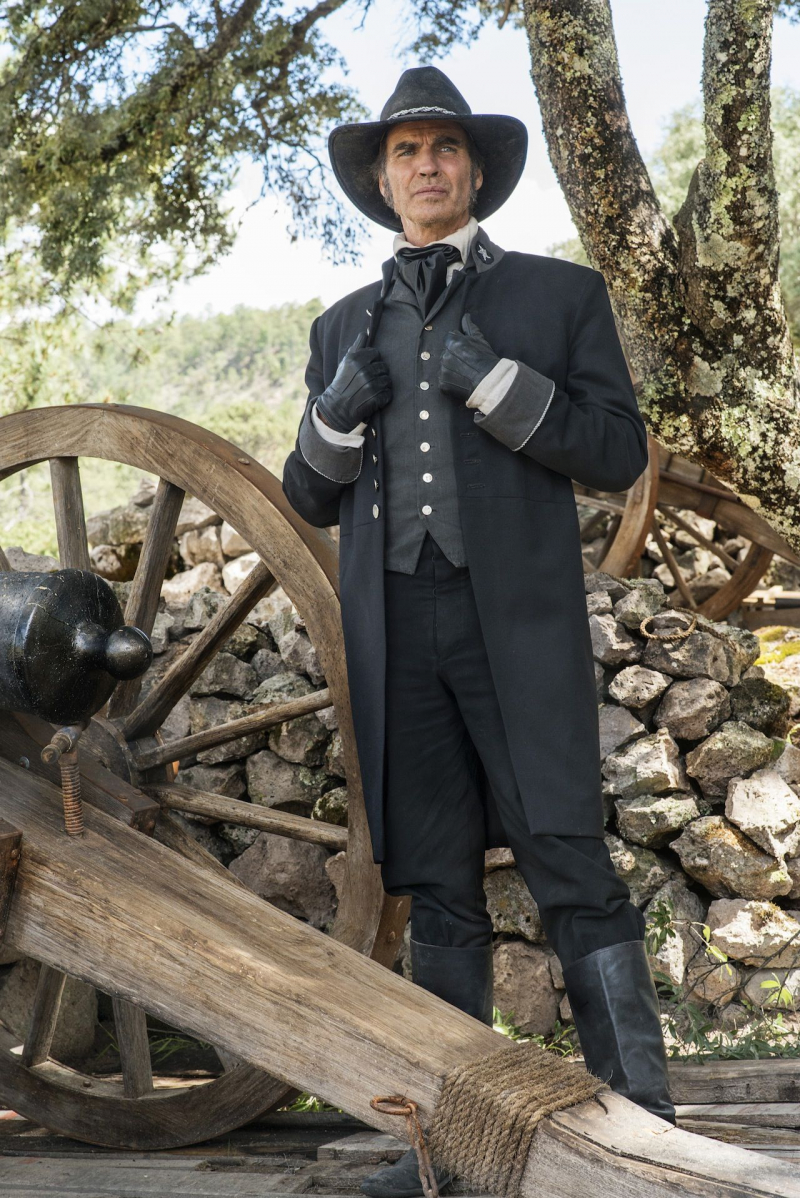
pinterest.com -
"Bigfoot" William Alexander Anderson Wallace was a well-known Texas Ranger who fought in several of the Republic of Texas and United States' military confrontations in the 1840s, including the Mexican-American War. Wallace led a ranger force in the 1850s that fought both Native Americans and border robbers. He was so skilled in trailing that people regularly used him to find escaped slaves who were trying to reach Mexico. He once traveled to El Paso and ate 27 eggs at the first Mexican house he came to before continuing to town for a full dinner after losing his mules to Comanches. He drove a postal hack from San Antonio to El Paso.
He assisted in defending the border against Comanches during the American Civil War. Wallace had owned a modest ranch on the Medina River on land that the state of Texas had given to him. His final years were spent in South Texas, close to a little community called Bigfoot. He was never wed. He was a kind and laid-back man who enjoyed telling tales about his professional life while relaxing in a large chair with a cowhide bottom in the shadow of his shack. Wallace was frank about himself but enjoyed "stretching the blanket" and making up stories. The town of Bigfoot, Texas in Frio County and Wallace Creek in Bandera County are both named after "Bigfoot" Wallace.
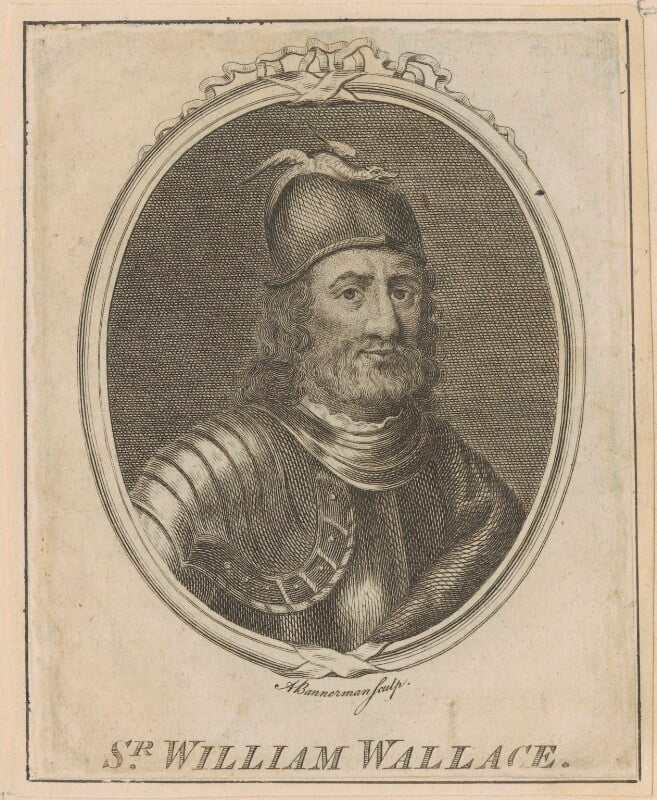
npg.org.uk 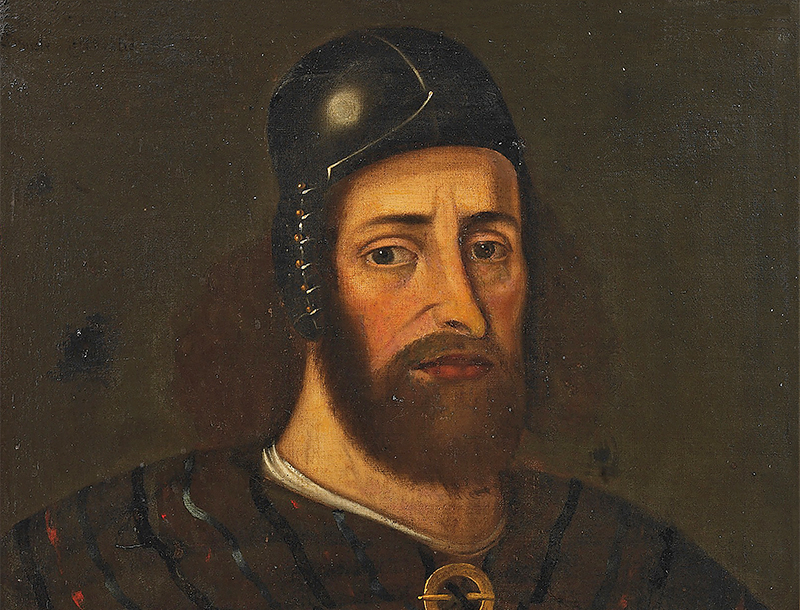
britain-magazine.com -
John Coffee "Jack" Hays was a military officer from the United States. Hays, a captain in the Texas Rangers and a Republic of Texas military commander, fought in various armed confrontations from 1836 to 1848, notably against the Comanche Empire in Texas and during the Mexican-American War. Hays moved to the Republic of Texas in 1836, when he was 19 years old. Sam Houston assigned him to a company of Texas Rangers because he knew the Hays family from his time in Tennessee. In the years that followed, Hays led the Rangers on a campaign against the Comanche in Texas, successfully reducing their influence.
Later, Hays was in charge of the soldiers defending against the 1842 invasion from Mexico. Hays organized six companies throughout Texas' northern and western frontiers while commanding the First Regiment of Texas Rangers during the Battle of Monterrey during the Mexican-American War (1846–1848). He later oversaw the Second Texas Rangers Regiment during Winfield Scott's assault in Mexico City. The Rangers performed admirably during this battle, earning them widespread reputation. The Navy Colt Paterson five-shot revolver was originally used by Hays. He hurried Samuel Walker and Samuel Colt's meeting, which resulted in the creation of the renowned Colt Walker six-shot revolver used in the Old West.
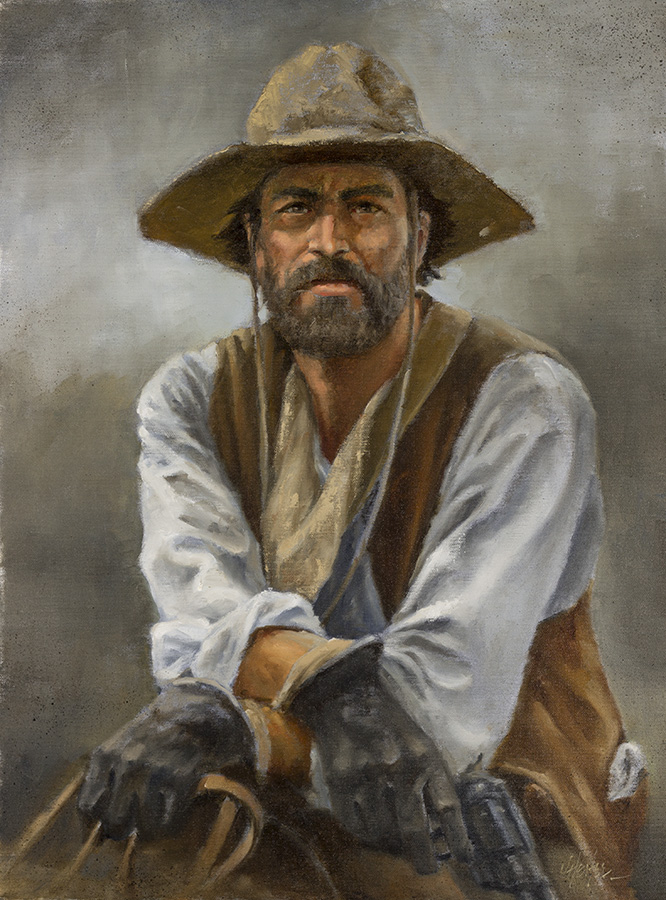
blogspot.com 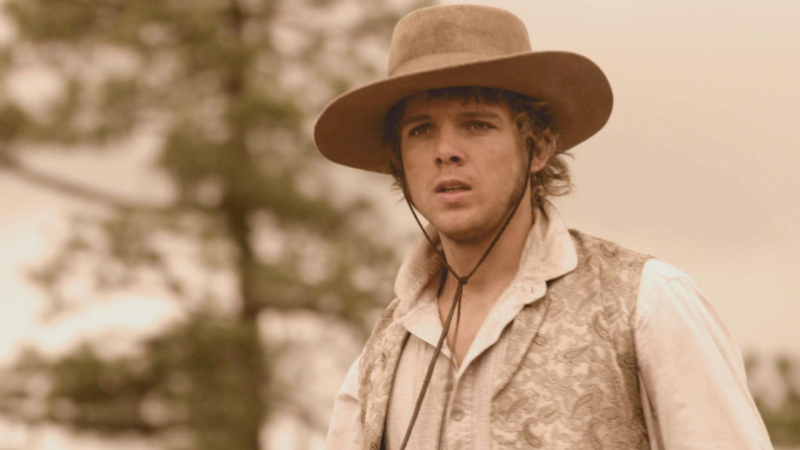
Pinterest -
Juan Nepomuceno Seguín was a Spanish-Tejano political and military figure of the Texas Revolution who contributed to the state's independence. The county seat of Seguin in Guadalupe County, the Juan N. Seguin Memorial Interchange in Houston, the Juan Seguin Monument in Seguin, the World War II Liberty Ship SS Juan N. Seguin, and Seguin High School in Arlington are all named after him. When the siege began, Tejano revolutionary Juan Seguín (played by Ral Méndez) was in the Alamo, but he was dispatched with a letter to Sam Houston requesting reinforcements.
As the rear guard for Houston's army, Seguín and the Tejano unit he recruited took part in the Battle of San Jacinto. After serving as mayor of San Antonio and serving in the Senate of the Republic of Texas (1837–40), Seguín fled to Mexico in 1842 amid accusations that he had helped the Mexican government attempt to retake Texas. He was treated like a traitor there as well and offered the option of joining the Mexican army or going to jail. In the Mexican-American War, he opted for the latter and fought against the US. However, business brought him back to Mexico on occasion, and in 1883 he relocated in Nuevo Laredo, Tamaulipas, Mexico, to be near his son Santiago, who was mayor. On August 27, 1890, he died there.
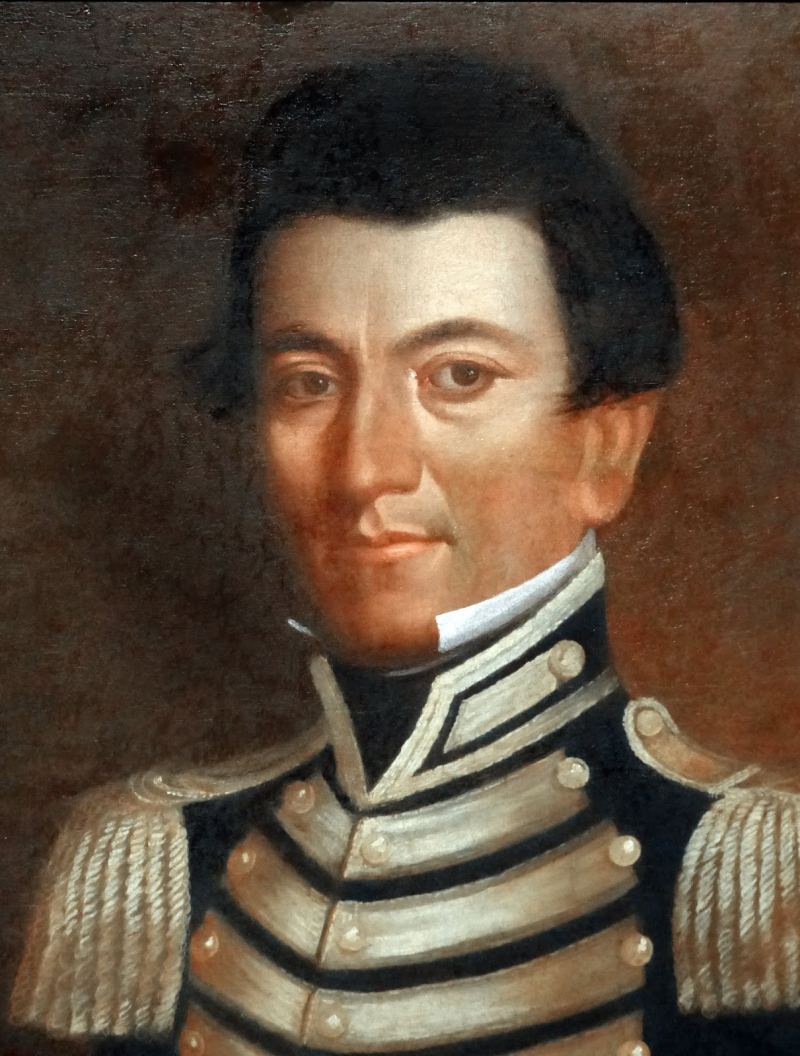
blogspot.com 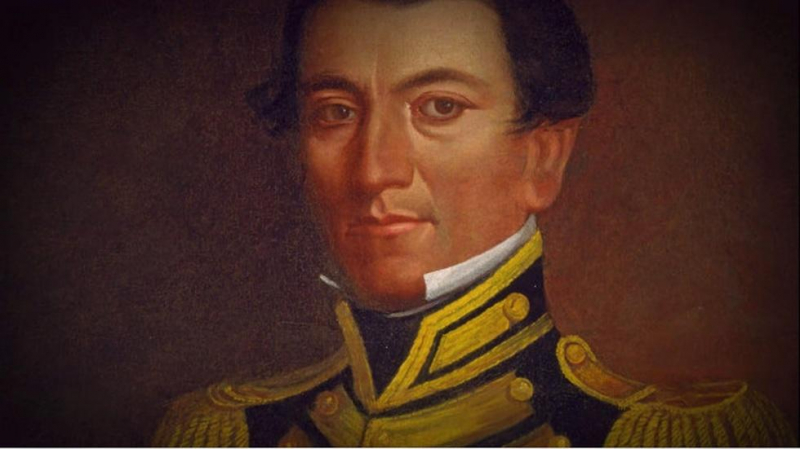
tpt.org -
Henry Wax Karnes was a Texas Revolutionary War soldier and figure, as well as the commander of General Sam Houston's "Spy Squad" at the Battle of San Jacinto. Karnes County and its county seat, Karnes City, are both named for him. Tennessee native Henry Wax Karnes first visited Texas in 1828. During the Texas Revolution, he was one of Sam Houston's most valuable spies, working closely with Deaf Smith. He participated in the fight of Concepción alongside Smith, Seguen, and James Bowie, and subsequently joined the siege of Bexar. Karnes was sent with Smith to ascertain the fate of the Alamo while serving in a volunteer company.
He was a captain by the time of the Battle of San Jacinto and eventually a colonel. He joined the Texas Rangers after the war. Karnes and Seguin collaborated on a strategy to defuse the Comanche menace in Texas. In August 1838, he was injured by an arrow during the Arroyo Seco Fight, an expedition against the Comanches. He died of yellow fever in San Antonio, Texas, in 1840. Karnes was buried outside of the Old Campo Santos Cemetery because he was a Protestant and only Catholics could be buried there. This cemetery was later relocated, and Santa Rosa Hospital was built across from Milam Park in its place. In 1932, a memorial to Karnes was placed in the park since it was the closest location to his tomb that the city was aware of.
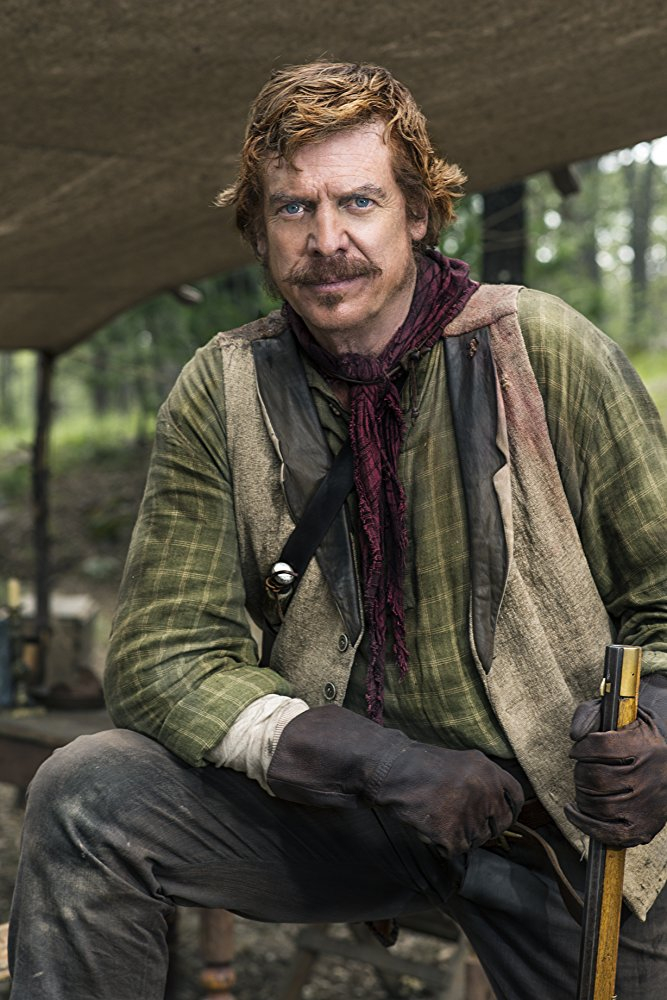
movies123.pics 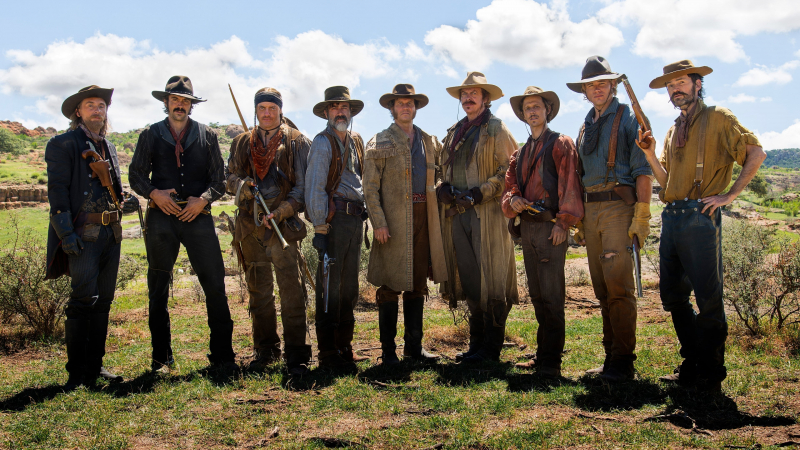
guardaserie.golf -
Erastus 'Deaf' Smith was an American frontiersman known for his role in the Texas Revolution and the Army of the Republic of Texas. He received his moniker owing to hearing loss as a youngster. He took part in the Grass Fight as well as the Battle of San Jacinto. Deaf Smith headed a company of Texas Rangers after the war. Erastus ("Deaf") Smith (played by Jeffrey Dean Morgan) was the Forrest Gump of the Texas Revolution. He was part scout, half spy, part messenger, and all hero.
Deaf fought in one of the rebellion's first battles, at Concepcion; sparked another important battle, the Grass Fight; was wounded in the Texans' takeover of Bexar (San Antonio); was dispatched with Henry Karnes to learn the fate of the Alamo; and burned a crucial bridge at the Battle of San Jacinto. He later became a captain of the Texas Rangers. In Texas, Deaf Smith County is named for him. Smith's contributions to South Texas are also recognized by a historical marker at the entrance to Lake Casa Blanca International Park in Laredo. Many Texas school districts name their campuses after Texas Revolutionary War heroes. Several schools in Texas have been named after Deaf Smith, notably Lamar CISD's Deaf Smith Elementary in Richmond.
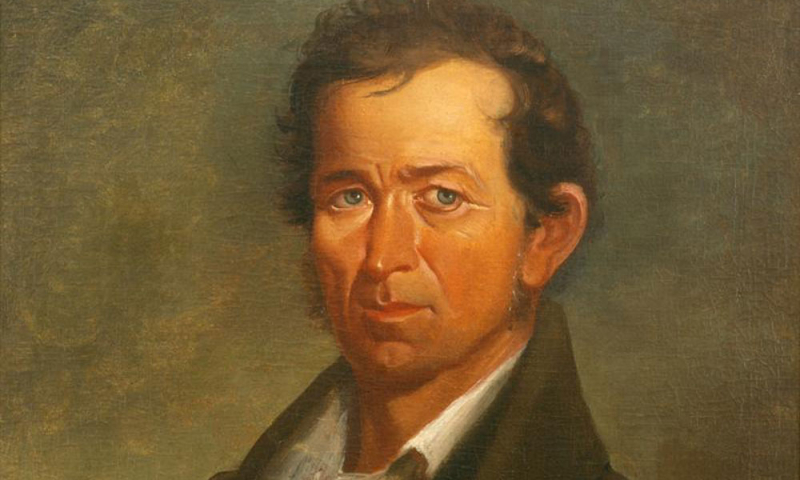
True West Magazine 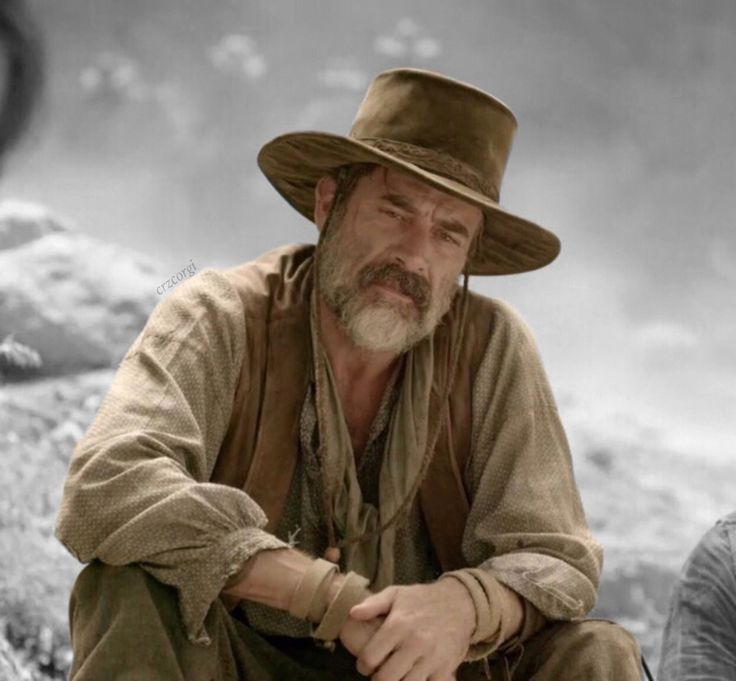
Pinterest -
Antonio López de Santa Anna (played by Olivier Martinez), who proudly roamed the stage of Mexican and American history in the 1830s and '40s, was also very real. He fought for Mexican independence after serving in Spain's colonial armies in Mexico. As a Mexican army commander, he supported and later assisted in the overthrow of two successive presidents. In 1833, he began the first of five presidential terms, converting himself from a supporter of Mexico's 1824 federalist constitution to a centralist tyrant. After attempting to conquer colonial Texas, he became its prisoner and was compelled to grant it freedom.
López de Santa Anna, regarded as a hero by his men, desired fame for himself and his army, as well as freedom for Mexico. After huge setbacks, he continually restored his reputation. Nonetheless, historians and many Mexicans consider him to be one among "those who failed the nation". His centralist rhetoric and military failures led to Mexico losing half of its territory, beginning with the Texas Revolution of 1836 and continuing with the Mexican Cession of 1848, following Mexico's defeat by the United States in the Mexican-American War of 1846-1848. After the war's debacle, a fragile coalition of conservatives returned him to power in Mexico after a foreign exile. As military dictator, he was given extraordinary powers. In 1853, he ceded a portion of Mexican land to the United States. The death of López de Santa Anna's primary advisor, Lucas Alamán, took a significant influence from his administration. After being deposed by the liberal Revolution of Ayutla in 1855, he spent the most of his final years in exile and was no longer a political figure in Mexico.
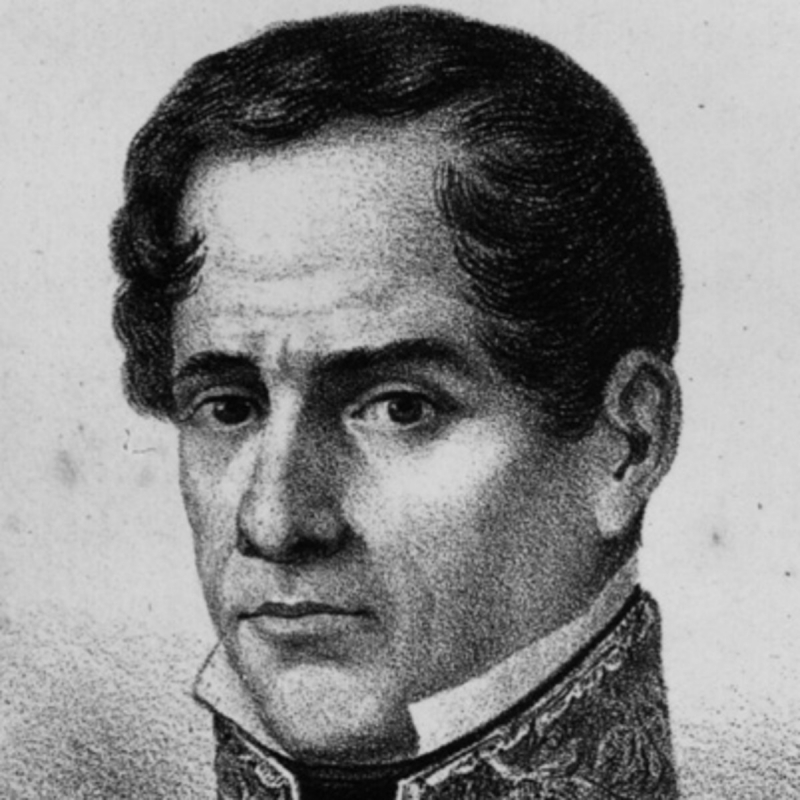
BIO 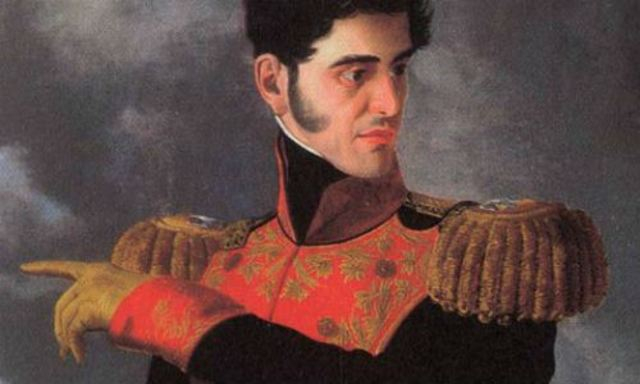
Timetoast -
Samuel Houston was a commander and politician from the United States who was instrumental in the Texas Revolution. He was the Republic of Texas's first and third president, and he was one of the first two people to represent Texas in the United States Senate. He was also the sixth governor of Tennessee and the seventh governor of Texas, making him the first person in US history to be elected governor of two distinct states. In the War of 1812, he served under General Andrew Jackson, and after the war, he presided over the expulsion of numerous Cherokee from Tennessee. Houston was elected to the United States House of Representatives in 1823 with the help of Jackson and others.
Houston moved to Texas in 1832. Following the Battle of Gonzales, he assisted in the formation of Texas' provisional government and was appointed as the highest-ranking official in the Texas Army. He led the Texan Army to victory at the Fight of San Jacinto, the pivotal battle in Texas's independence war against Mexico. Following the conflict, Houston was elected president of Texas in 1836. Houston was instrumental in the United States' annexation of Texas in 1845, and he was elected to the United States Senate in 1846. He joined the Democratic Party and backed President James K. Polk's decision to prosecute the Mexican-American War.
Houston served in Congress representing Tennessee and as its governor, in addition to spells as an Indian agent. He returned to live with the Cherokee after a bad marriage. All of this occurred before he ever set foot in Texas, which he saw as a land of opportunity. Houston led the victorious Texas army in its fight for independence from Mexico, served two terms as the new republic's president, oversaw its annexation by the United States, represented Texas in the United States Senate, and attempted to prevent the state from seceding as its unionist governor.
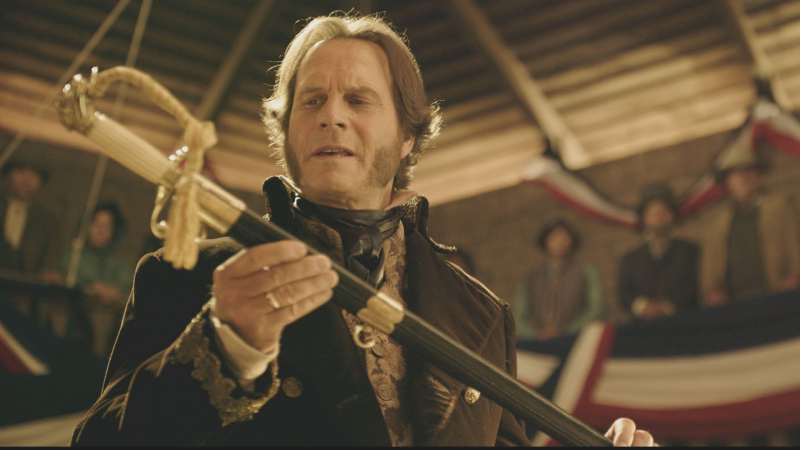
Pinterest 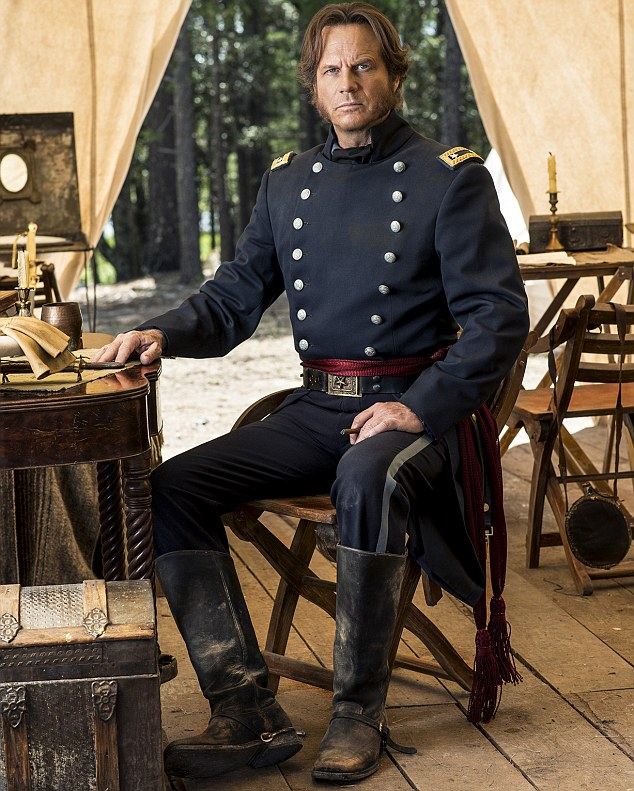
Daily Mail











